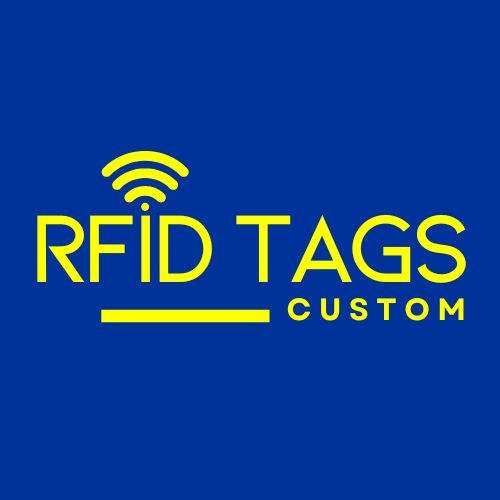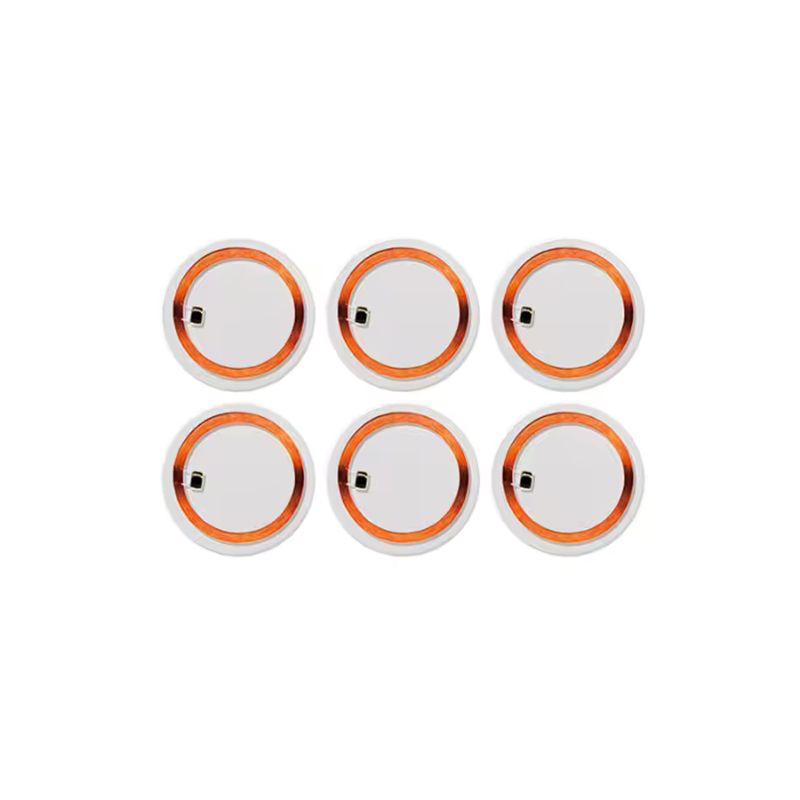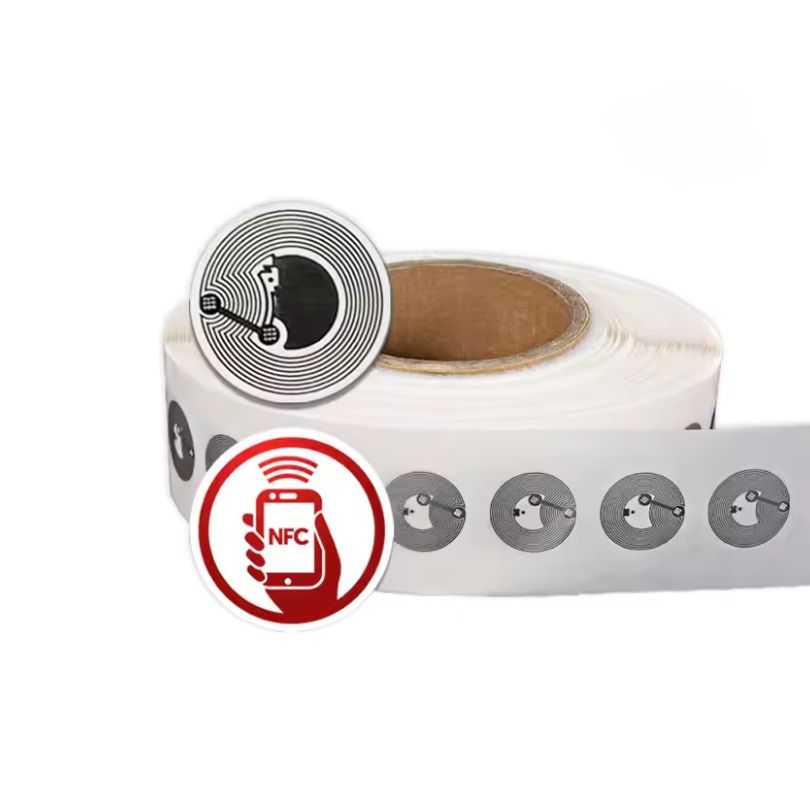
Etichetta delle etichette di tracciamento dei bagagli dell'aeroporto RFID a lunga distanza
Etichette di tracciamento bagagli RFID a lungo raggio - Gestione intelligente dei bagagli per gli aeroporti moderni
Ridurre i bagagli mal gestiti. Migliorare l'esperienza dei passeggeri. Automatizzare il flusso dei bagagli.
I bagagli smarriti o in ritardo continuano a costare miliardi ogni anno a compagnie aeree e aeroporti, con un impatto sull'efficienza operativa e sulla soddisfazione dei viaggiatori. Il nostro sistema UHF a lungo raggio Etichette RFID per la tracciabilità dei bagagli sono costruiti appositamente per gli ambienti aeroportuali, offrendo una precisione di scansione, una durata e un'integrazione senza pari con i sistemi globali di gestione dei bagagli.
Dal check-in al ritiro, queste etichette RFID forniscono visibilità in tempo reale in ogni punto del viaggio dei bagagli, supportando standard globali come la risoluzione IATA 753 e consentendo un'esperienza di viaggio più fluida e intelligente.
Perché le etichette RFID per i bagagli superano i codici a barre tradizionali
I sistemi basati su codici a barre soffrono di limiti di visibilità, sbavature e letture errate. Al contrario, le nostre etichette RFID UHF per bagagli:
- Consente la scansione non in linea con la vista a distanze fino a oltre 8 metri.
- Elaborazione simultanea di più tag (ideale per lo smistamento dei bagagli in massa)
- Offrire dati di tracciamento in tempo reale a compagnie aeree, aeroporti e passeggeri.
- Integrazione con l'infrastruttura e gli standard RFID aeroportuali esistenti
Questi vantaggi si traducono in un'elaborazione più rapida, in un minor numero di errori, in una riduzione dei costi operativi e, soprattutto, in passeggeri più felici.
Applicazioni: I tag RFID per i bagagli alimentano l'aeroporto intelligente
Le nostre etichette RFID per la tracciabilità dei bagagli sono costruite per migliorare le prestazioni di più soggetti:
- Compagnie aeree - Meno borse smarrite, aggiornamenti sulla tracciabilità in tempo reale, migliore esperienza del cliente
- Aeroporti - Maggiore produttività del BHS, maggiore automazione, conformità ai mandati IATA
- Manipolatori a terra - Smistamento bagagli più rapido, riduzione degli errori umani
- Passeggeri - Tranquillità con una localizzazione accurata e aggiornata dei bagagli
Che si tratti della gestione di un grande terminal internazionale o di un hub regionale, i nostri tag aiutano a modernizzare le operazioni di bagaglio, riducendo i costi e rafforzando la fiducia nel marchio.
Specifiche tecniche
| Caratteristica | Specificazione |
| Materiale | Carta resistente o supporto sintetico (personalizzabile) |
| Adesivo | Adesivo permanente ad alta tenuta per un forte fissaggio del bagaglio |
| Misurare | Standard IATA: ~54mm x 152mm (o dimensioni personalizzate) |
| Opzioni chip | Impinj Monza R6/R6-P, NXP UCODE 7/8/9 |
| Frequenza | UHF (860-960 MHz, globale) |
| Protocollo | EPCglobal Classe 1 Gen2 (ISO 18000-6C) |
| Intervallo di lettura | Fino a oltre 8 metri (a seconda del lettore/ambiente) |
| Temperatura di esercizio. | da -20°C a +70°C |
| Resistenza ambientale | Umidità, abrasione, flessione, sollecitazione BHS |
| Opzioni di stampa | Marchio della compagnia aerea, codici a barre, testo variabile |
| Conservazione dei dati | Oltre 10 anni |
| Memoria | Memoria EPC (96-128 bit), memoria utente opzionale |
Iniziate oggi a trasformare le vostre operazioni bagagli
Gli aeroporti e le compagnie aeree di tutto il mondo si affidano ai nostri tag RFID per la tracciabilità dei bagagli per migliorare le prestazioni, ridurre i costi e soddisfare i requisiti di conformità. Che si tratti di un aggiornamento per la conformità alla normativa IATA 753 o della costruzione di un aeroporto più intelligente, siamo qui per aiutarvi.


FAQ
Qual è il vantaggio dell'utilizzo delle etichette RFID per i bagagli rispetto ai codici a barre?
Le etichette RFID non necessitano di linea visiva e possono essere lette automaticamente e in massa, anche quando i sacchi sono impilati o si muovono ad alta velocità. Offrono maggiore affidabilità, precisione e velocità di tracciamento rispetto alle tradizionali etichette con codice a barre.
Queste etichette sono compatibili con la risoluzione IATA 753?
Sì. Queste etichette RFID sono state progettate specificamente per supportare la tracciabilità dei bagagli conforme allo standard IATA 753, aiutando gli aeroporti e le compagnie aeree a garantire la visibilità dei bagagli 100% in tutti e quattro i punti di consegna.
A che distanza possono essere lette le etichette RFID dei bagagli?
A seconda dell'ambiente e della configurazione del lettore, questi tag UHF offrono portate di lettura fino a 8 metri o più, rendendoli adatti ai lettori automatici di tunnel e agli smistatori di bagagli ad alta velocità.
Le etichette RFID per i bagagli possono essere stampate con le informazioni della compagnia aerea?
Sì! Questi tag supportano la prestampa o la stampa su richiesta di loghi, codici a barre, numeri di volo e dati seriali per allinearsi ai sistemi di check-in esistenti della compagnia aerea.
Le etichette RFID sono riutilizzabili per la tracciabilità dei bagagli di ritorno?
Mentre la maggior parte delle etichette RFID per bagagli è progettata come monouso, alcuni modelli sintetici possono essere personalizzati per programmi di instradamento e tracciamento dei bagagli multiuso.
Ottieni i tuoi tag RFID personalizzati
In qualità di produttore leader di tag RFID personalizzati, realizziamo soluzioni basate sulle esigenze specifiche della tua attività. Offriamo un'ampia gamma di opzioni di personalizzazione, tra cui materiale, dimensioni, frequenza, codifica e distanza di lettura, assicurando che ogni tag RFID sia perfettamente personalizzato in base alle tue esigenze. Indipendentemente dall'applicazione per cui utilizzi i tag RFID, possiamo fornire tag RFID robusti e affidabili che soddisfano i più elevati standard di qualità e durata. Ecco i principali modi in cui personalizziamo i tag RFID per adattarli alle tue esigenze.

Selezione dei materiali
Il materiale è fondamentale per personalizzare i tag RFID. La plastica funziona in condizioni difficili, mentre i materiali più morbidi si adattano agli spazi delicati. Materiali diversi influiscono anche sulle prestazioni del segnale. Scegli quello più adatto al tuo caso d'uso per garantire che i tuoi tag durino e funzionino in modo affidabile.

Dimensioni personalizzate
Le dimensioni determinano l'usabilità. I tag piccoli si adattano a spazi ristretti o oggetti minuscoli, mentre i tag più grandi sono facilmente leggibili. Nelle aree affollate, i tag eleganti evitano collisioni. Allinea forma e dimensione con i tuoi beni per visibilità, praticità e prestazioni.

Requisiti di frequenza
Scegli LF, HF o UHF in base alla portata di lettura, alla velocità e all'interferenza. LF e HF resistono a metalli e liquidi ma hanno portate più brevi. UHF offre una portata estesa ma può subire blocchi di segnale. Adatta la frequenza al tuo ambiente per prestazioni affidabili.

Distanza di lettura
Definisci la distanza a cui devi leggere il tag. Le distanze brevi funzionano per le casse dei negozi al dettaglio, mentre i magazzini potrebbero aver bisogno di metri di copertura. Il design dell'antenna, le impostazioni del lettore e le uscite di potenza influiscono sulla portata. Regola questi fattori per acquisire i dati in modo accurato alla distanza di cui hai bisogno.

Codificare
Pianifica come i dati vengono archiviati su ogni tag. Alcuni contengono solo un ID, mentre altri contengono informazioni dettagliate. Decidi se hai bisogno di un semplice EPC o di memoria utente aggiuntiva. Assicurati che il formato scelto funzioni con il software esistente. Una codifica corretta semplifica i processi e riduce gli errori.

Ambiente applicativo
Considera le condizioni del mondo reale. Sbalzi di temperatura, umidità e sostanze chimiche possono degradare i tag. Per l'uso all'aperto, opta per involucri resistenti ai raggi UV. In ambito sanitario o alimentare, assicurati di rispettare le norme di sicurezza. Adattare i tag all'ambiente ne massimizza la durata.
Prodotti correlati
Personalizza qualsiasi tag RFID prodotto nella nostra fabbrica in base alle tue esigenze.


